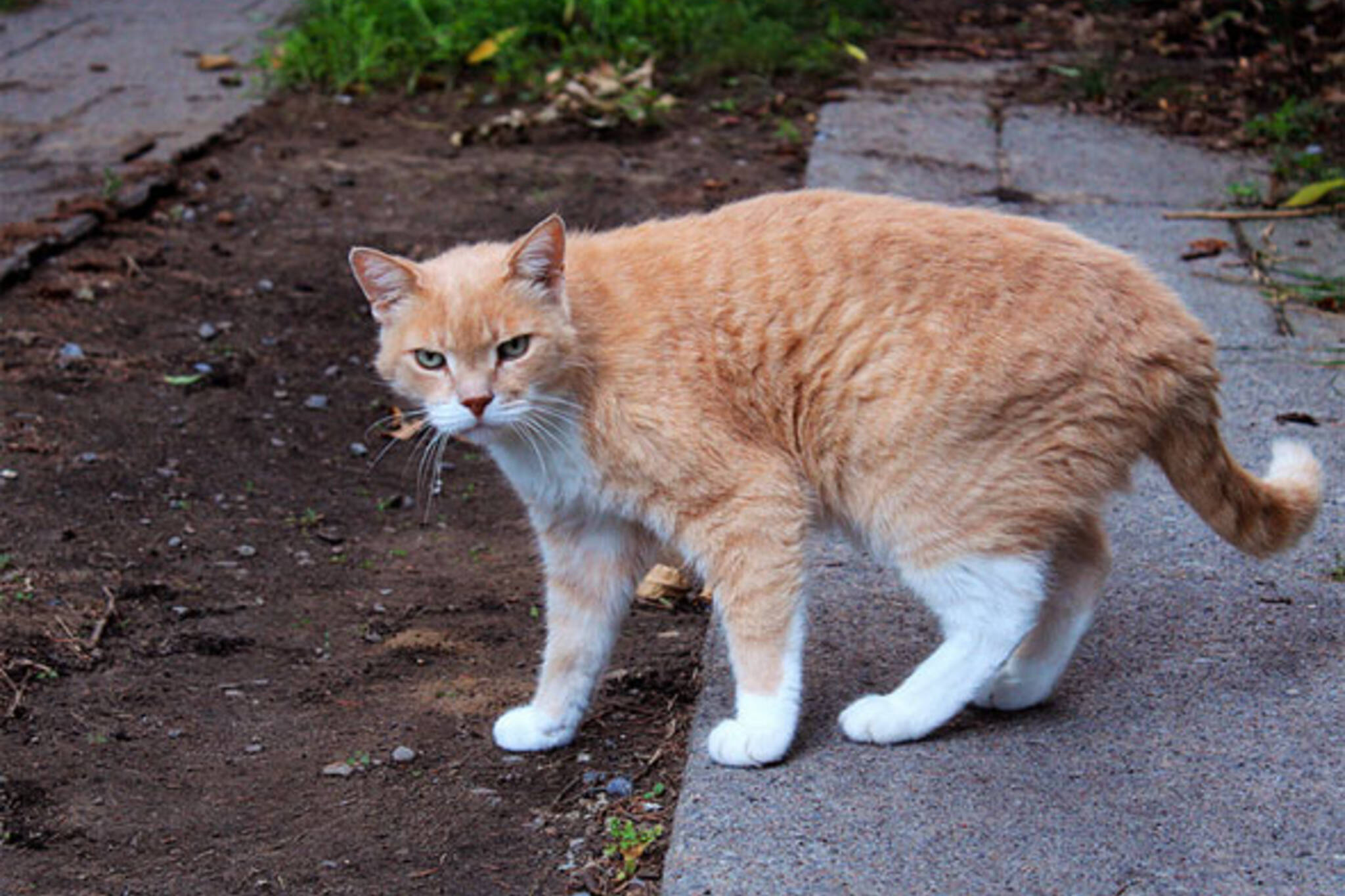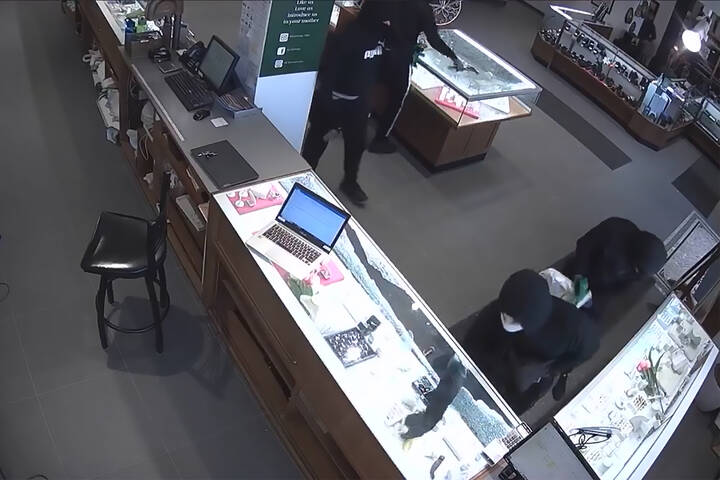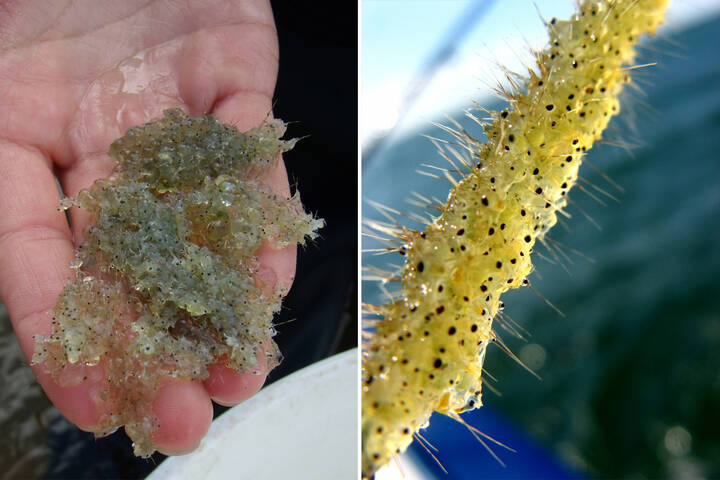
This is what happens to stray cats in Toronto
Every year Toronto Animal Services takes in about 4,000 sick or injured stray cats. The unfortunate homeless felines, some of which may have been living on the streets for years, are given a new lease on life by city veterinarians so that they might live to prowl another day.
Unfortunately for a lost moggy, getting rescued has consequences. "We can do whatever we need to do to the cat to get it ready for adoption," says Mary Lou Leiher from Toronto Animal Services. "That might include spaying and neutering, if it isn't already done. It also includes microchipping, vaccinating, all those things that somebody needs when they first get a cat to get them off on the right foot."
Cats that are born in the wild present a different problem. Once collected by the city, feral cats are spayed and neutered like their domesticated cousins, but most are released close to where they were found, provided they're not sick or starving. Vets take the tip of one of the cat's ears so it doesn't receive surgery twice.
So how do you tell the difference between a stray and a feral cat anyway? It's not easy, Leiher says, but the answer often comes when the animals are presented with a box.
"The biggest clue is that [feral cats] want to hide all the time. When we have a feral cat in the shelter we give it a special type of box that it can hide in," she says. Domesticated pets tend to come out after a few hours while feral cats will try and stay hidden, acting aggressively or defensively when approached.
Right now, the number of cats up for adoption is quite low. Multiple successful re-homing drives late last year saw the captive population drastically reduced. Even many of the black ones found new homes. "Black Dog Syndrome," which despite the name seems to apply to all dark creatures, often results in prospective pet parents opting for animals with light or patterned fur.
"It's an interesting phenomenon," Leiher says. "Although I don't think we have as much trouble in Toronto as maybe some other parts of Norther America, like in the States for example. I think it's just because maybe they don't stand out so much. When you look at a black cat that's in a stainless steel cage, it's hard to see it if there's a lighter coloured cat that pops a little bit more, that kids of thing."
Last year 3,600 cats found new homes or were transferred to other adoption agencies, like PetSmart and Pet Valu.
If you see a cat you suspect is a stray, the best advice is to leave it alone unless it appears sick or hurt. Oftentimes strays are better classified as neighbourhood cats, ones that are cared for and fed by multiple people.
"Absolutely the city needs to be called if that cat is in distress or sick in any way," Leiher says. "If people can take responsibility, if they think it's not owned by anybody, for ensuring that that cat gets spayed and neutered, that's what we want."
Chris Bateman is a staff writer at blogTO. Follow him on Twitter at @chrisbateman.
Image: enfys photography/blogTO Flickr pool.
Latest Videos
Latest Videos
Join the conversation Load comments







